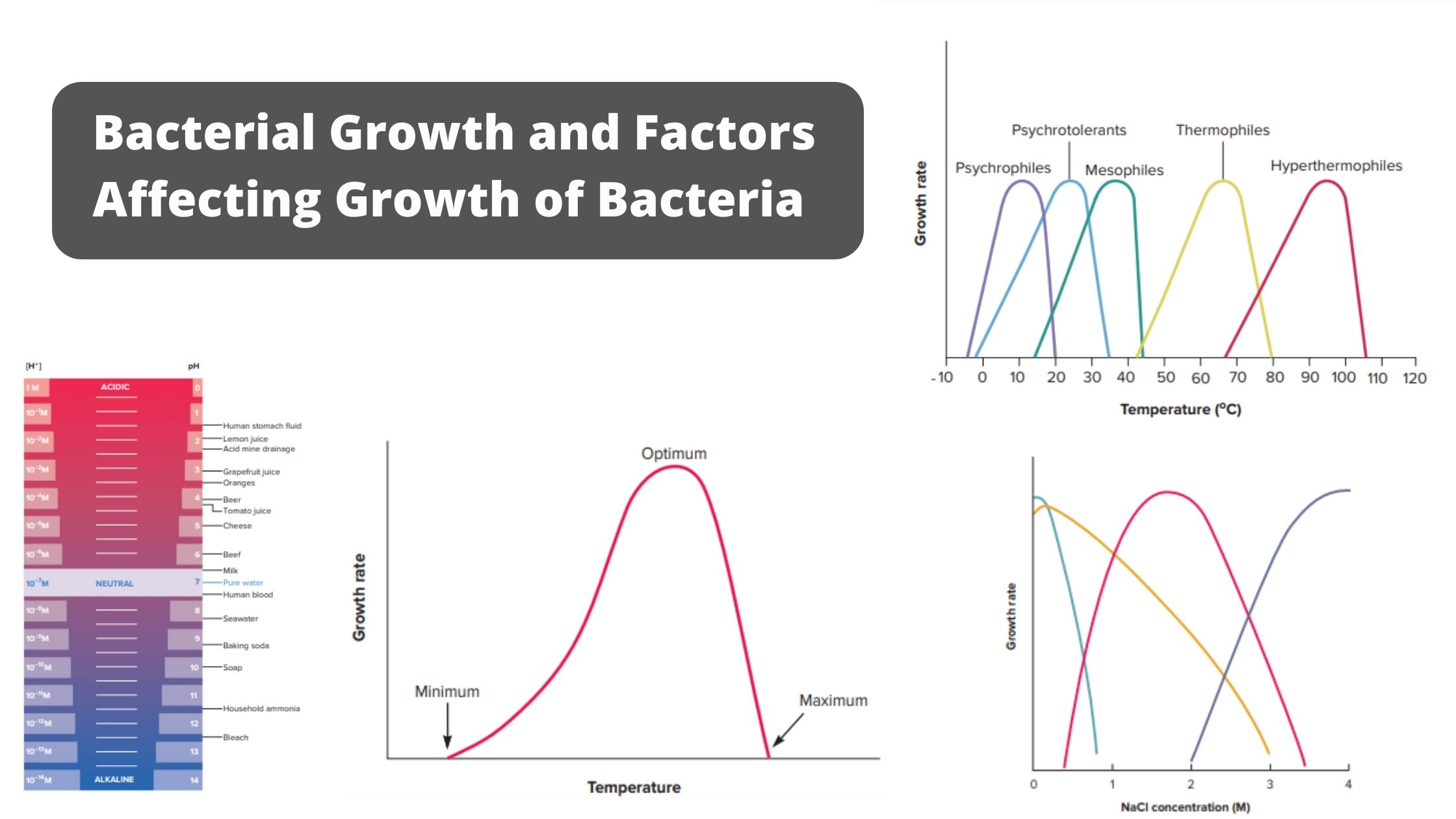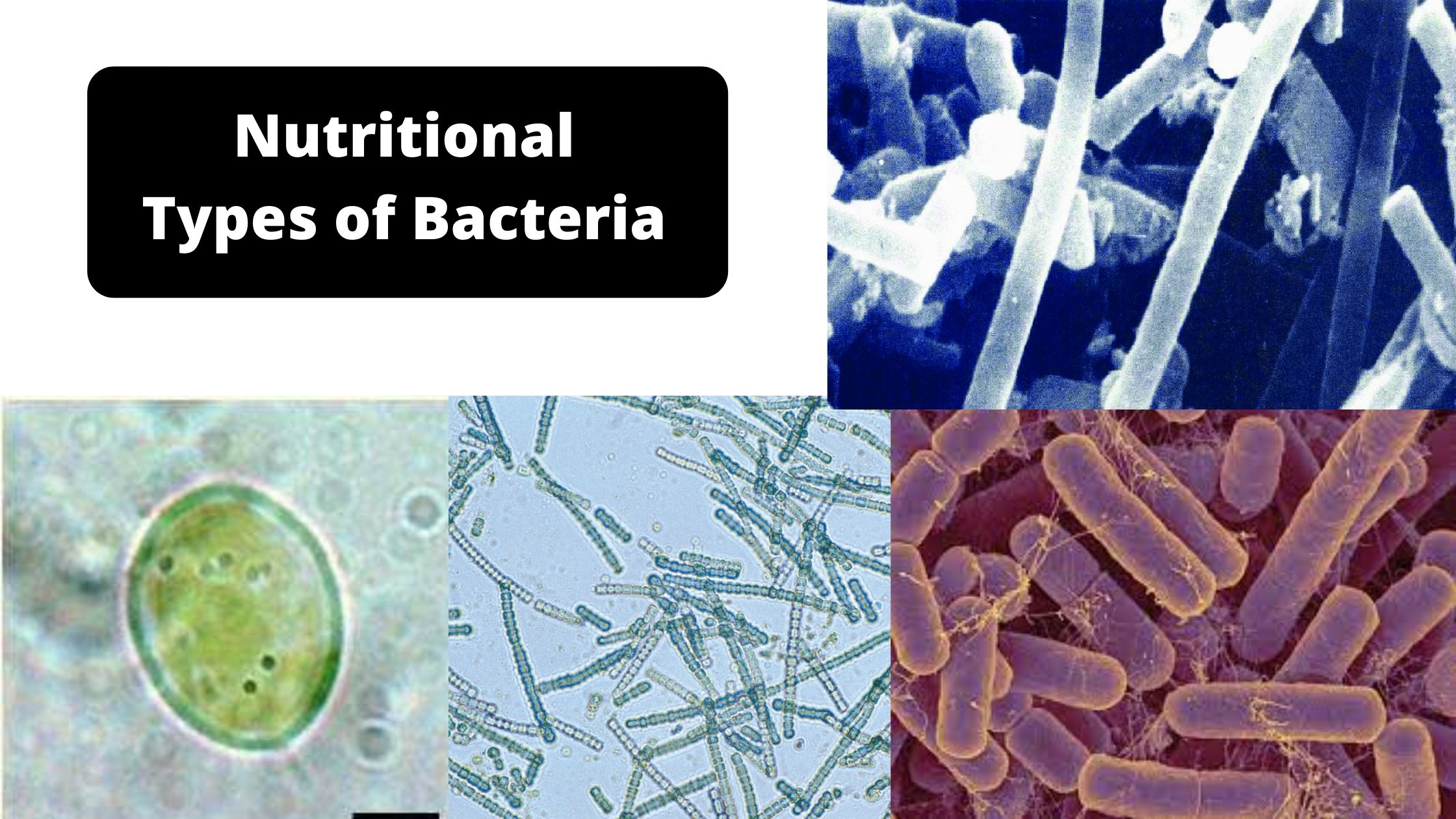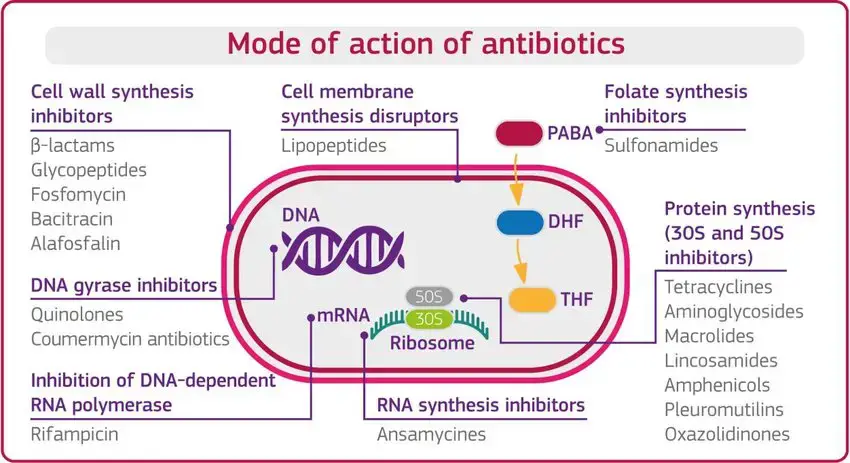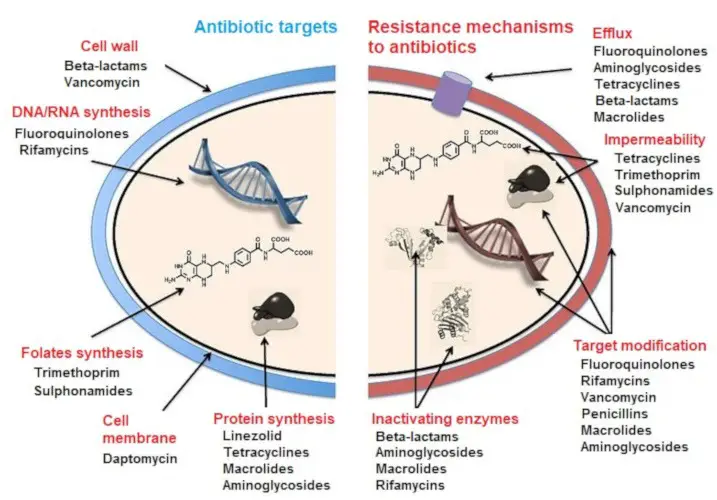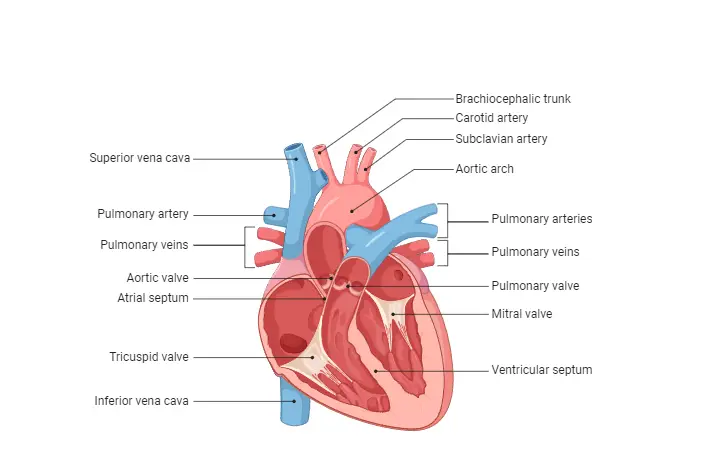Bacterial Growth and Different Environmental Factors Affect Bacterial Growth
Environmental Factors Affect Bacterial Growth In addition to knowing the proper nutrients for the cultivation of bacteria, it is also necessary to know the physical environment in which the organisms will grow best. Just as bacteria vary greatly in their nutritional requirements, so do they exhibit diverse responses to physical conditions such as temperature, gaseous … Read more
